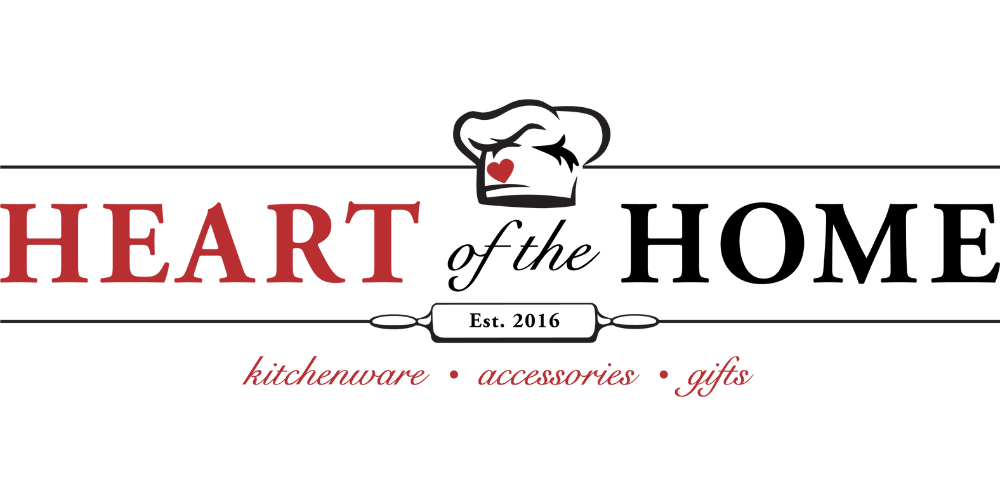When you come visit us at our brick-and-mortar location in Edmonton's 124 Street shopping district at 12539 102 Avenue, you will find a wide selection of chef's aprons. With a variety of patterns and colours, as well as holiday selections perfect for your coming Christmas or Easter celebrations, you will find the right apron to suit your mood, and your decor. We also carry professional aprons for industry use, ask us about our bulk discount.
Aprons have been essential throughout history for protecting our clothing while cooking, cleaning and working. The style of the apron is often used to denote a persons role in their society, showing what they do for a living. Aprons can also serve a ceremonial role. Styling often shows the adaptations to the design to suit the needs of the person wearing the apron.
The word apron comes from the Medevel French word ‘naperon’, who's definition is "small tablecloth".
Ancient Aprons
Aprons have a long history! Ancient Greek fertility statues dating from 1600 BC have been found wearing aprons, which may be demonstrating what women were wearing at the time. Ancient Egyptian paintings depict triangular aprons being worn, and ancient Chinese and Central American sculptures demonstrate a variety of sizes and shapes of aprons on various gods.
Some Styles of Aprons
The Bib Apron
Often referred to as a Full Apron or Chef Apron. This type of apron has been used for centuries, and across industries and uses.
Covering most of the front of the body, from chest to knees, this type of apron slips over the head and is tied at the waist. After the arrival of the Industrial Revolution, in the 1880s, many workers found this type of apron very effective for use working at factories. The usage of this style of apron surged across different occupations, and could be found in the kitchen, at the grocers and butcher shop, and beyond.
The Waist Apron
Traditionally found in kitchens, the waist - or half - apron ties at the waist and extends to the mid-thigh. Housekeepers of the past chose these aprons for the ease of wear.
North American housewives of the booming post war era of the 1940s and 50s would use these for working around the house, and for status and fashion statements! The style of the half apron lent itself easily for fashion due the the simplicity of the basic pattern. Different looks could be easily acheived with adding styled pockets. Frills or lace would be added around the sides and/or bottoms. Often the apron was purely decorative and be made completely of lace. The type of cloth and patterns could be used to match or contrast the outfit being worn. This style of apron lent itself well to the wasp waist and blooming circle skirts of the well to do housewife. The more decorative the apron, the more successful the household - and husband - of the woman who wore it.
Waist aprons have calmed since then, and are now often denote a professional server and chef in modern restaurants, cafes and bars.
Pinafore Apron
This type of apron was most commonly worn by children and is a classic staple of Victorian fashion. These aprons are a derivitive of tradional Bib Aprons, with adornment of frills, ribbons and bows on the upper portion of the apron. For fashion, young girls and their dolls would wear pretty pinafores when outside of the home.
Tabard Apron
These are full coverage aprons! This Middle Ages type of apron was often a standalone garment, covering the front and back of the body and fastened with ties on the shoulders and sides. It is made to fit over daily wear clothing and was most commonly seen on peasants, tradespeople and monks.
Changes in Thought
Aprons can reflect changes in society. In the 1960s, many North American women who worked in the home were choosing to use Chef Aprons to reflect the changing ideals on a woman's role in society, rejecting the frilly waist and pinafore concoctions of the American 1950s.
Family Times Together
The humble apron holds a lot of history, and can be part of making memories for you and your family. We look forward to seeing your smiling face as you come by the store to see what apron will suit you and your needs. Make sure to ask and find out what coordinating tea towels, pot holders and other items can match your apron choice!


Leave a comment